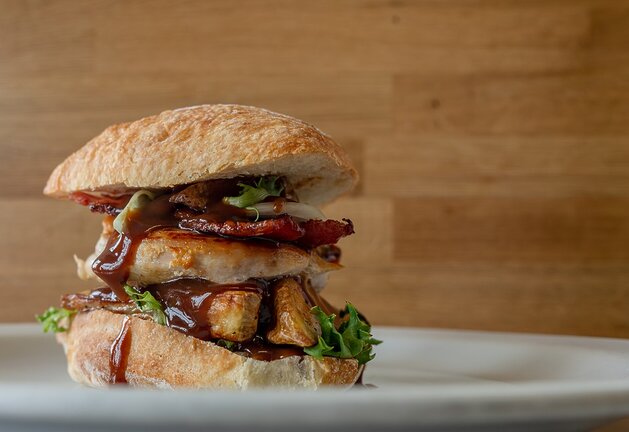Mastering the Art of Packing a Healthy Lunchbox: A Beginner's Guide
Introduction:
Packing a healthy lunchbox is not only beneficial for your overall health but also helps you maintain a balanced diet throughout the day. Whether you are preparing lunch for yourself or your loved ones, it is essential to pay attention to nutrition and make smart choices. In this beginner's guide, we will explore simple steps and helpful tips for packing a nutritious and delicious lunchbox.
Step 1: Plan Ahead
The key to packing a healthy lunchbox starts with planning. Take some time at the beginning of each week to plan your meals, considering different food groups and dietary requirements. This will help ensure that you have all the necessary ingredients on hand.
Step 2: Choose Nutrient-Rich Foods
When selecting foods for your lunchbox, focus on nutrient-rich options that provide essential vitamins, minerals, and other beneficial components. Include a variety of food groups such as whole grains, lean proteins, fruits, vegetables, and healthy fats.
Step 3: Incorporate Whole Grains
Whole grains are an excellent source of fiber and essential nutrients like B vitamins and iron. Swap refined grains like white bread with whole-grain alternatives such as whole wheat bread or tortillas when making sandwiches or wraps. You can also add cooked quinoa or brown rice as a base for salads or grain bowls.
Step 4: Include Lean Proteins
Protein plays a crucial role in keeping you full and satisfied throughout the day while supporting muscle growth and repair. Opt for lean protein sources such as grilled chicken breast, turkey slices, tofu cubes, boiled eggs or legumes like chickpeas or lentils in salads.
Step 5: Embrace Fruits & Vegetables
Pack your lunchbox with colorful fruits and vegetables rich in antioxidants that promote good health. Include fresh fruit slices like apple wedges or berries along with raw vegetable sticks such as carrots, cucumbers, or bell peppers. You can also prepare a colorful salad with a mix of leafy greens, cherry tomatoes, and your favorite vegetables.
Step 6: Add Healthy Fats
Healthy fats are essential for providing energy and supporting brain function. Include sources such as avocado slices or guacamole, nuts like almonds or walnuts, or hummus made from chickpeas. These additions not only enhance the flavor but also increase satiety.
Step 7: Pack Smart Snacks
In addition to your main meal items, include healthy snacks that will keep you going throughout the day. Options like Greek yogurt cups, homemade granola bars, trail mix with dried fruits and nuts will provide an energy boost between meals while avoiding unhealthy vending machine choices.
Step 8: Hydration is Key
Don't forget to pack a refreshing drink along with your lunchbox. Opt for water infused with lemon slices or cucumber for added flavor without any added sugars. Alternatively, you can choose unsweetened herbal tea or freshly squeezed fruit juices (preferably without added sugars).
Step 9: Invest in Quality Containers
Invest in reusable containers that are easy to clean and maintain while keeping your food fresh and safe to consume during the day. Look for BPA-free options that have separate compartments to ensure food separation if needed.
Summary:
By following these simple steps and incorporating nutritious foods into your lunchbox routine regularly, you'll be well on your way to mastering the art of packing a healthy lunchbox. Remember that variety is key when it comes to maintaining good overall health through nutrition!
